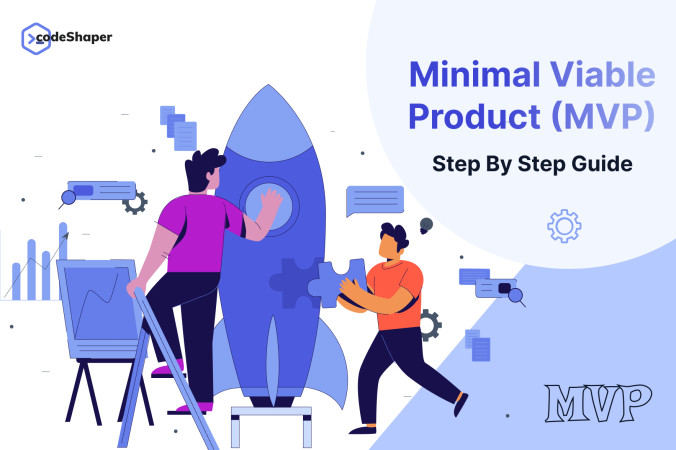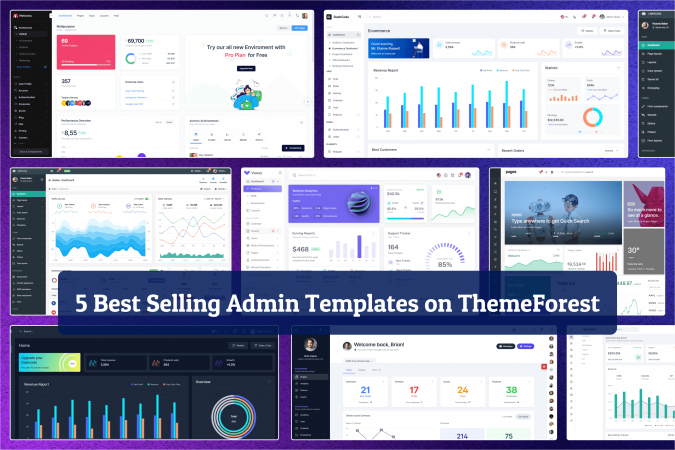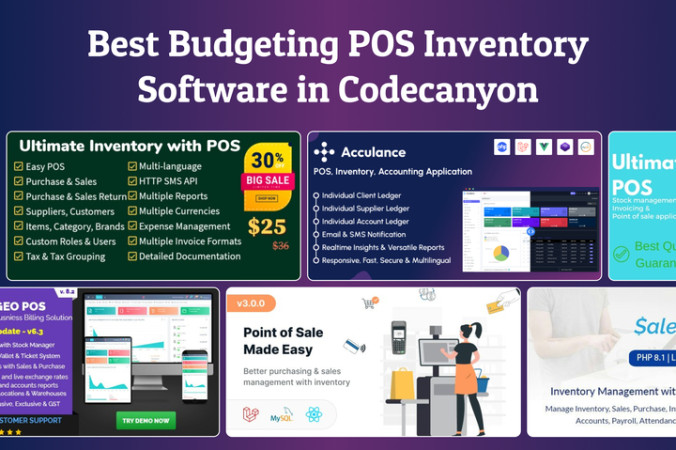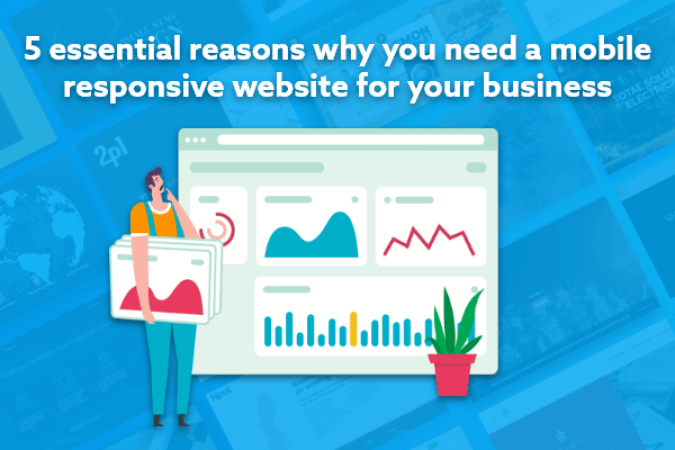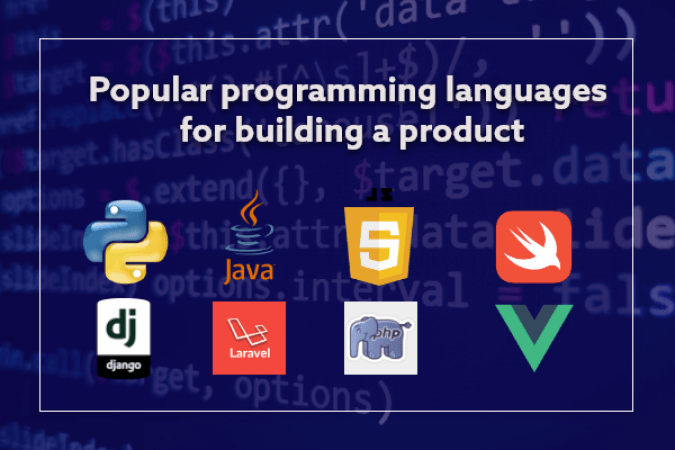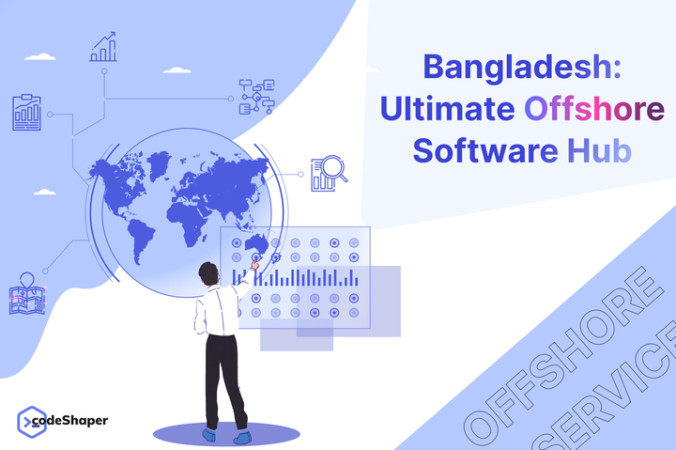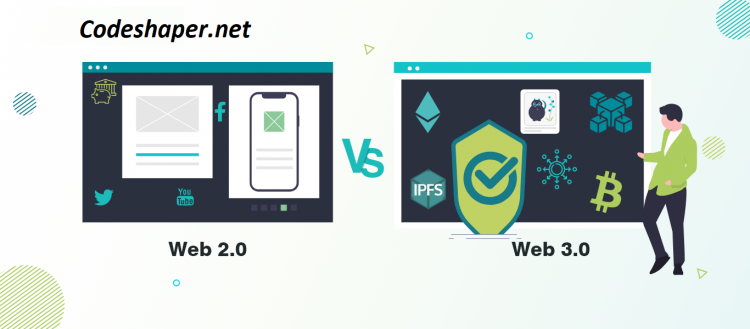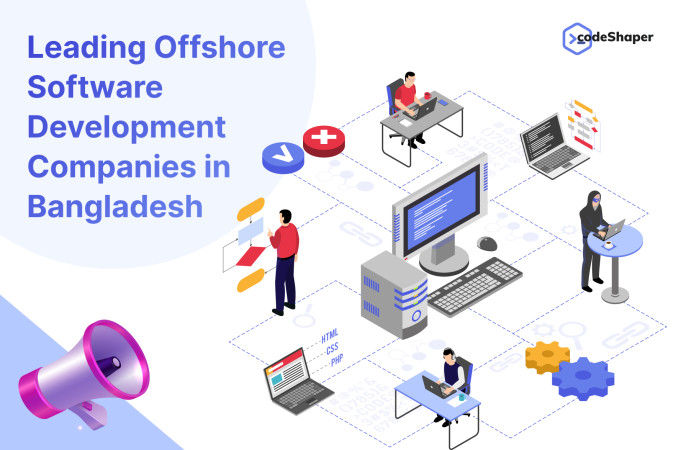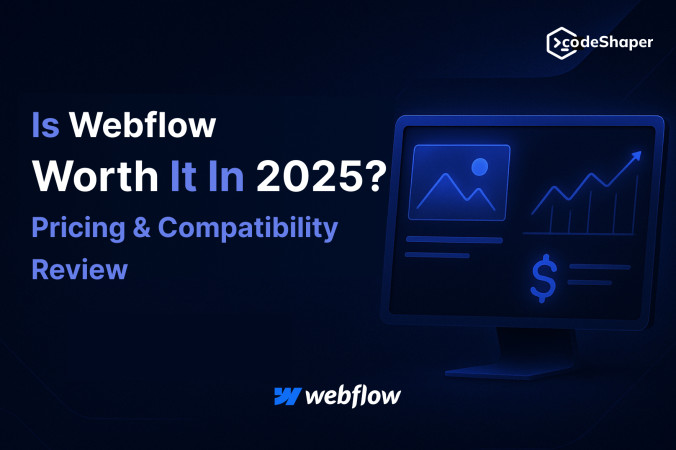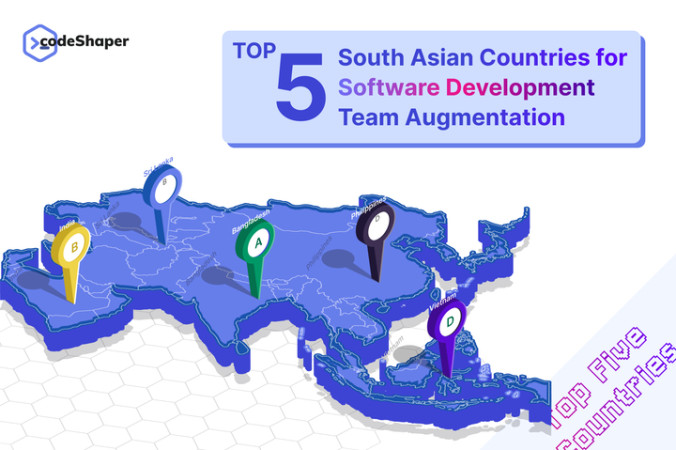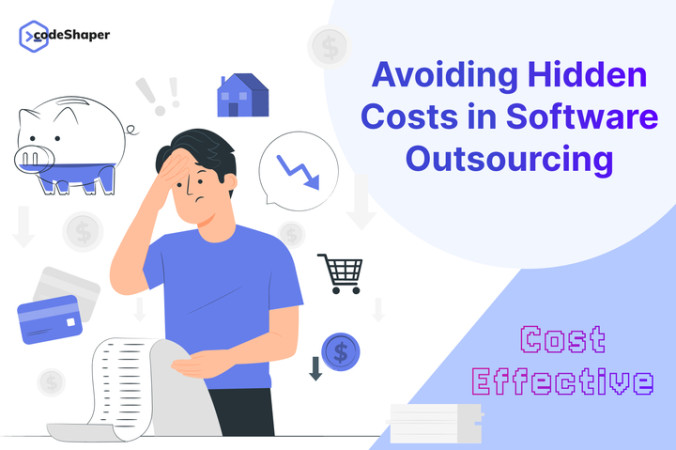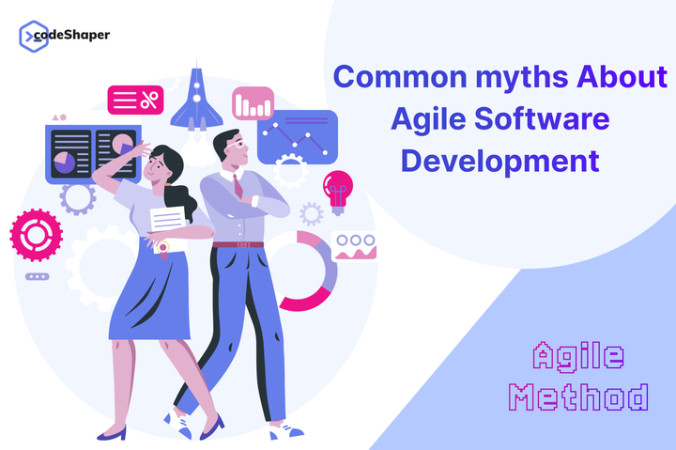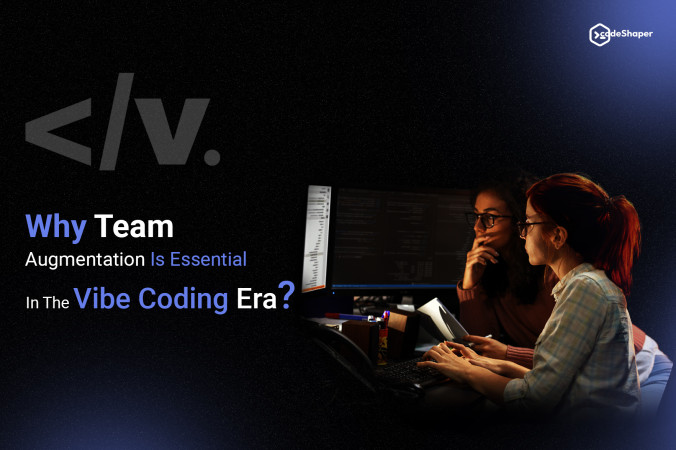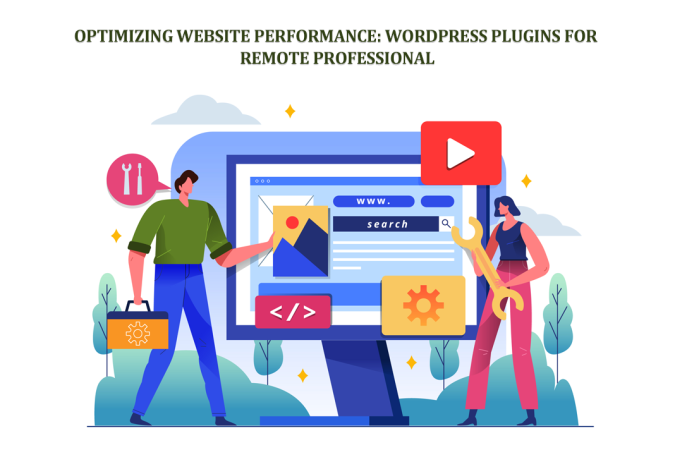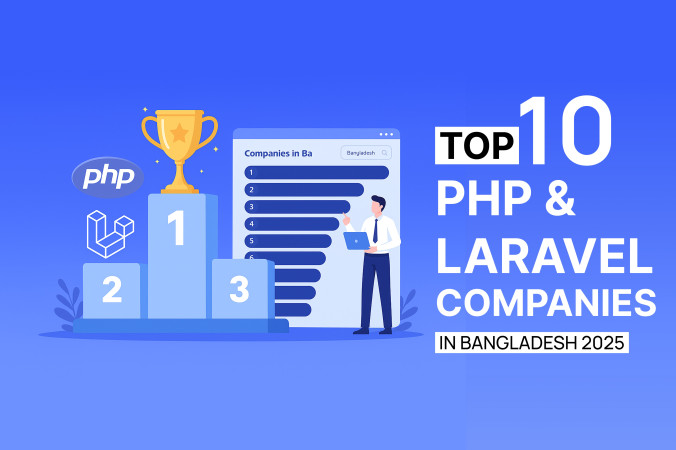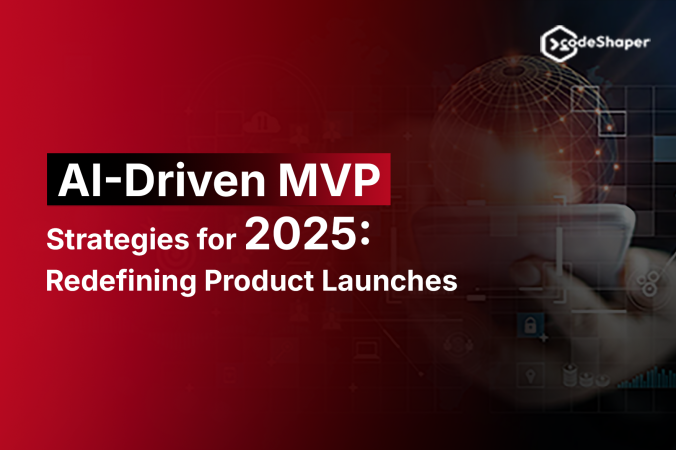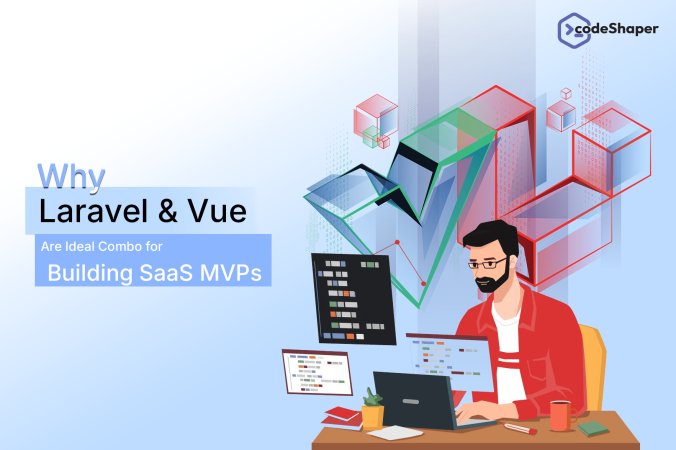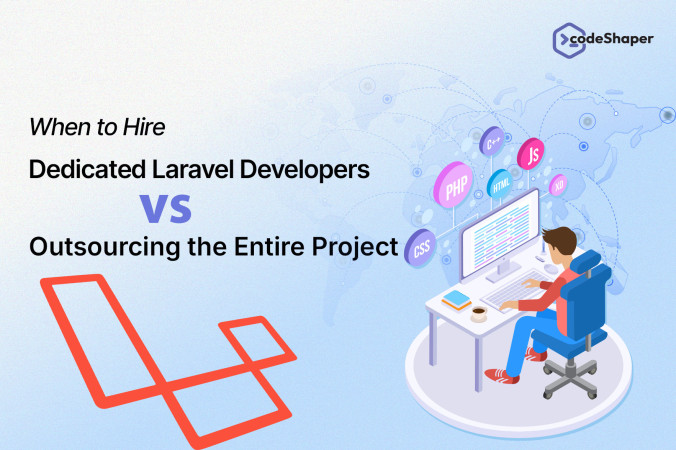What is Minimal Viable Product MVP?
In the software startup, MVP means a minimal variable product, which refers to creating an early adaptable product with minimal resources and core features. This process includes key characteristics that solve problems for the target customer base.
Today’s world MVP is a key development strategy for building and evaluating a product in the Software market. This strategy helps to reduce the potential risk and evaluate the possibility before launching the final product in the competitive world.
A software startup’s success depends on launching a new product quickly and iterating, and MVP is the best solution for them. This process also measures how thoroughly and efficiently a product or service addresses the targeted audience's pain point.
In simple terms, MVP assists in setting a smart company goal and outlining the market demand for a product. We know maintaining a sensible plan or framework is critical for company performance. Also, our business objectives should be clear, calculative, attainable, and relevant in real-time, indicating MVP is one of the best strategies.
After determining the business objectives, focusing on the key features and functionality for building the product with the MVP strategy is important. The main motive for creating a successful MVP is to avoid unnecessary costs and time building the product smoothly.
So, the Minimal Viable Product MVP is crucial in today’s fast-paced industry. Exploring the MVP concept in software development reveals its critical role in driving innovation and reducing time to market.
What is MVP in Software Development?
The primary purpose of MVP development is to assess the product's ability to solve early adopters' needs while getting authentic customer feedback as rapidly and cheaply as possible.
In software development, MVP demonstrates prioritizing critical features, embracing agility, and iterating quickly to ensure a successful MVP release. Based on user feedback, developers can assess the product's strengths and faults before investing in its final development. We can find some similar points to a successful MVP. Like,
Software MVP similar points:
- Very fast to build (within weeks and months)
- Limited functionality
- Appeal for a limited set of users
Key Components of MVP
Understanding the key components for developing MVP in software shows the path to building innovative and impactful applications.
- Functionality
The MVP development strategy focuses on the essential features and functionalities of the product that address and solve the customer's primary problems. Those fundamental features and functionality will be carefully picked because they'll meet the targeted user's needs. After receiving the first feedback from early adopter consumers and considering the limited resources the software added features consistently until it grabbed the target market.
- Customer & Investor Feedback
Using MVP for business's main purpose is to gather user feedback and validate the product idea from target users and investors. The strategy also informs the future of the development basis of valuable insights about the product’s market, user experience, and potential improvements.
- Iterative development
The interactive development process is the most effective feature of the MVP technique since it breaks down each component step by step. The longer parts of the software development cycle, such as planning, building, developing, and testing, are broken down into smaller chunks.
MVP is not a one-time effort to build a product; Rather, it is the beginning point for product development. During this procedure, the developer collects feedback from early adopters and assesses consumer requirements. Based on market demand, developers can update and add demanding features until the product meets a wide range of client expectations.
This approach allows the developer to reduce product market risk while increasing the product's future worth.
Developing MVP in software step-by-step guide
We understand the impact of MVP in software development. Here, I discuss what dose MVP stands for and how to create a minimal variable product MVP for the software industry. Define step-by-step guidelines.
Know the Target Audience and Market
To truly understand the meaning of MVP (Minimum Viable Product) in software development, it is essential to start by identifying your target audience and market. Conducting market research, analyzing trends, and understanding your potential customers' pain points will help you create an MVP that resonates with your target audience and is more likely to succeed.
Define our MVP's Core Concept
Once you understand the target audience and market, the immediate step is to focus on the MVP development process. To define the core features that will set your product. We need to remember that once we consider MVP in software development, the most critical step is understanding the key features and functionality of the product, which aim to attract and solve the primary problems of early adaptors. It also provides feedback for future product development.
Prioritize and Select the Essential Features and Functionality
Knowing the potential features and functionality, you must choose a single one for your MVP. Using this method, you will assess the benefits, drawbacks, prices, and practicality of each feature to determine which is the most important and will have a substantial impact on your client experience.
In addition, you may need to work with an MVP development agency or key stakeholders to make informed selections about which features to include in your MVP.
Building the MVP
You are generating an MVP with a list of critical features and capabilities. The faster the MVP is launched, the sooner you will receive user and investor feedback and validate your product idea. Working with a reputable MVP development firm allows you to accelerate the development process and produce a functional, high-quality, user-friendly MVP. Using an agile development style that emphasizes short development cycles, frequent iterations, and continuous improvement has resulted in a solid foundation for your product, with potential for future growth.
In conclusion, MVP is a significant development technique that allows software companies to plan, produce, test, and deploy new products with minimal time and resources. During this development phase, the corporation quickly introduces and tests new items in the market, gathering feedback for future development. If you want to develop a new software product using the MVP technique and test it in the market, you can seek assistance from an MVP development agency.


